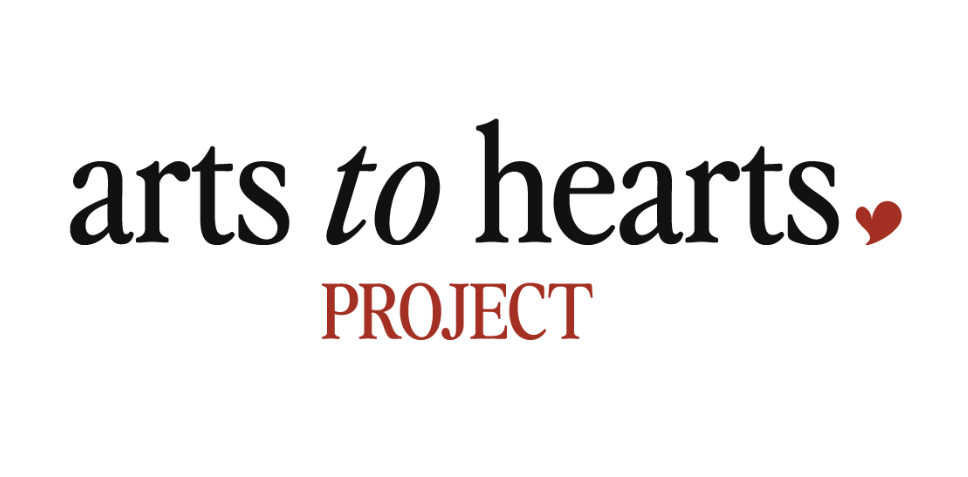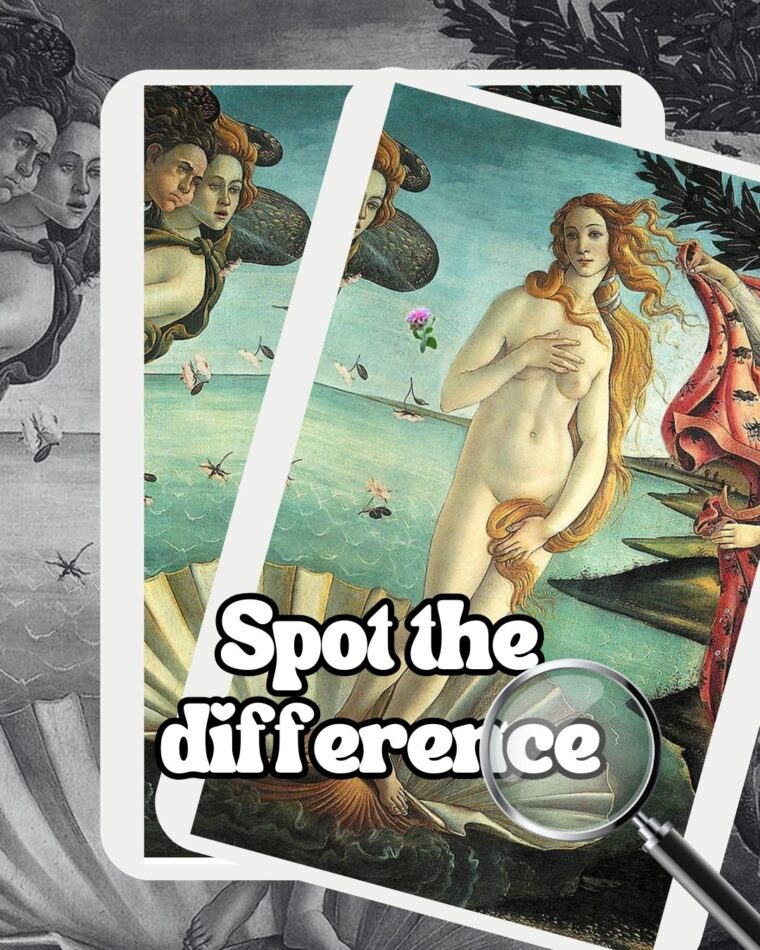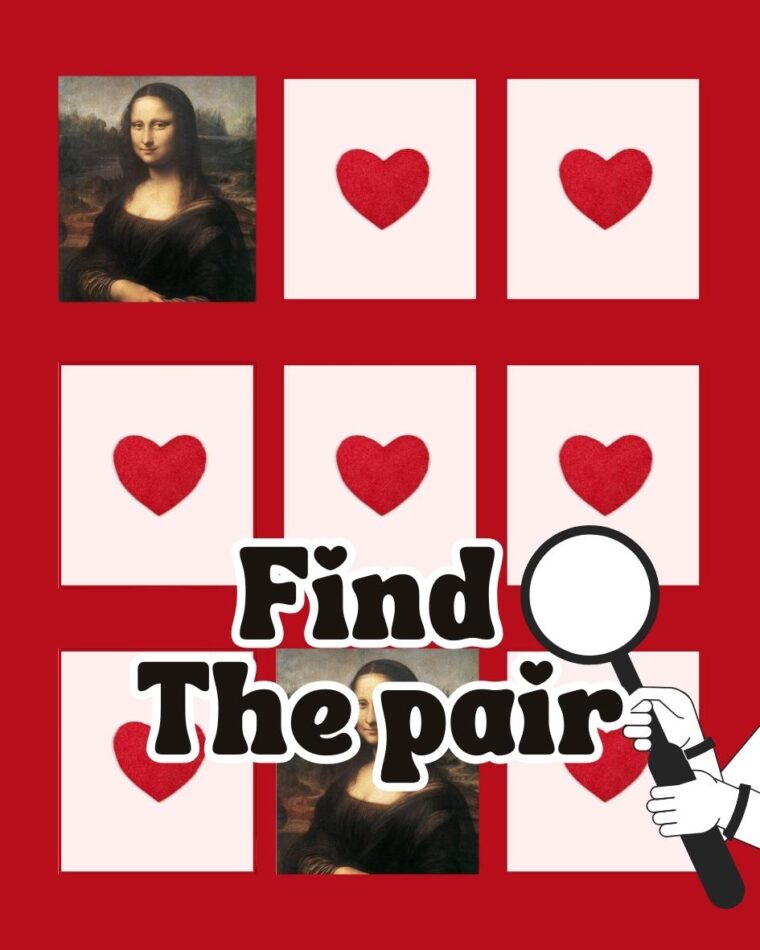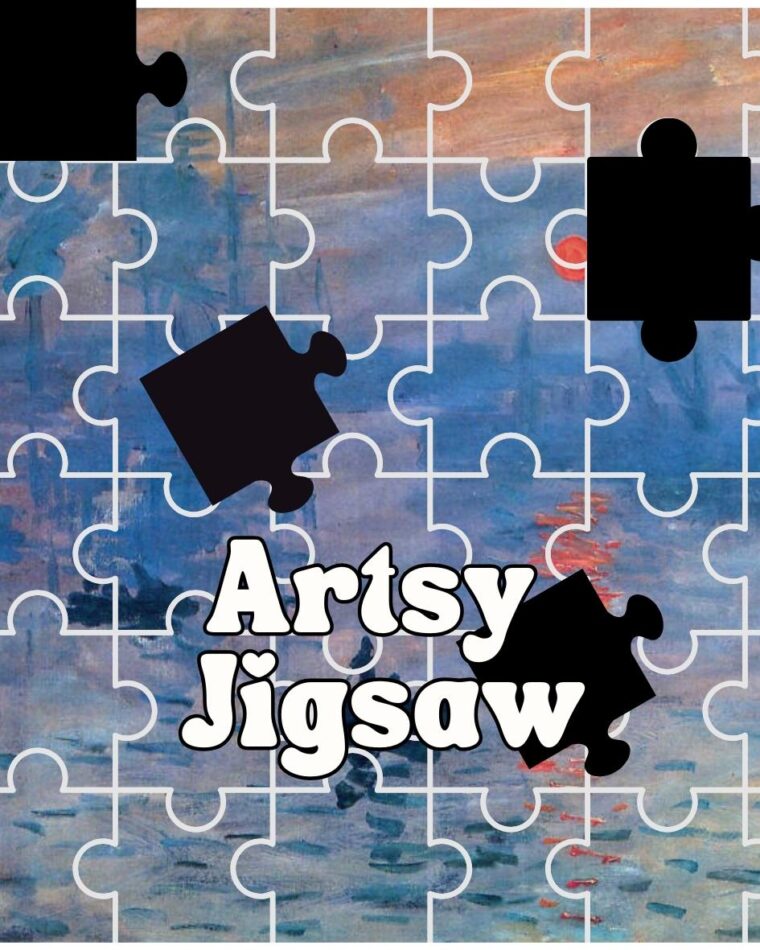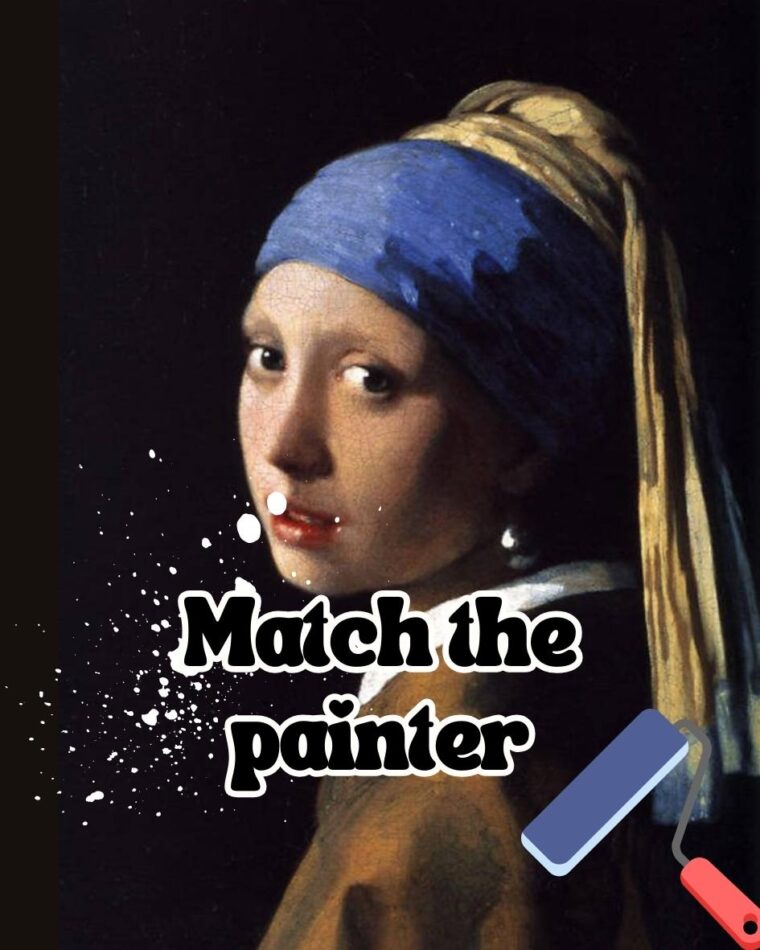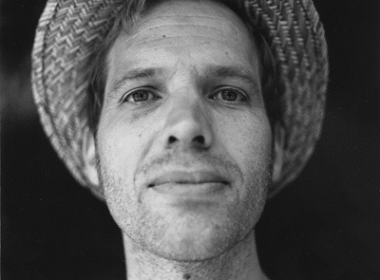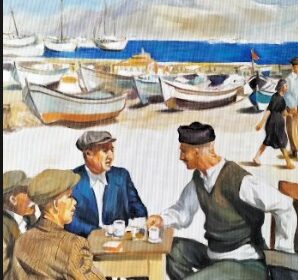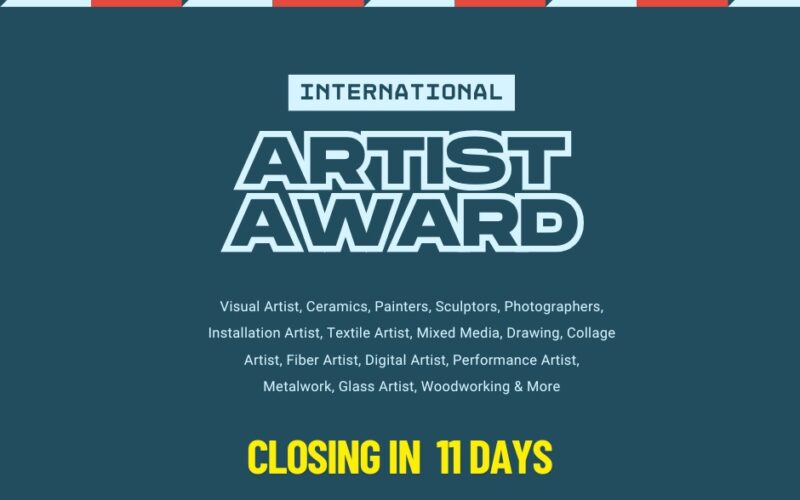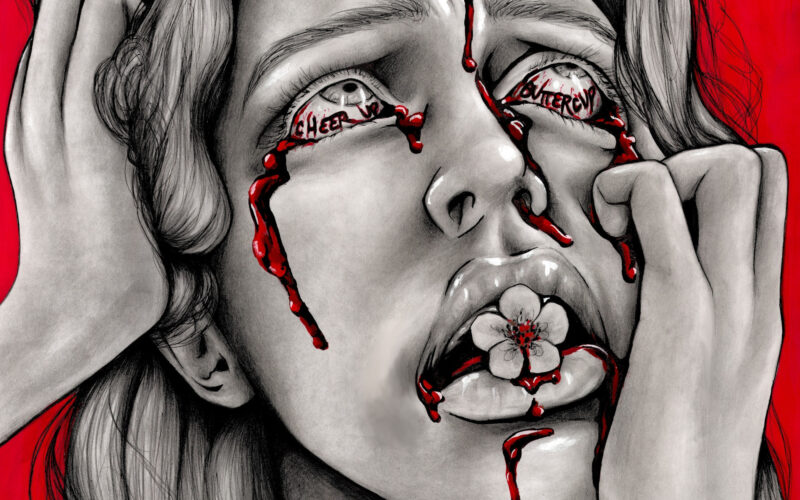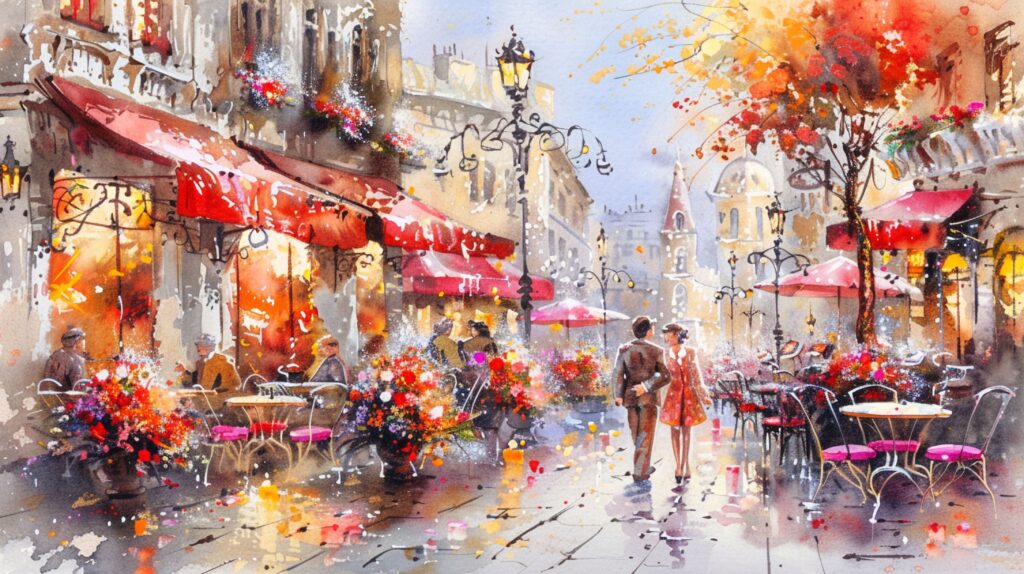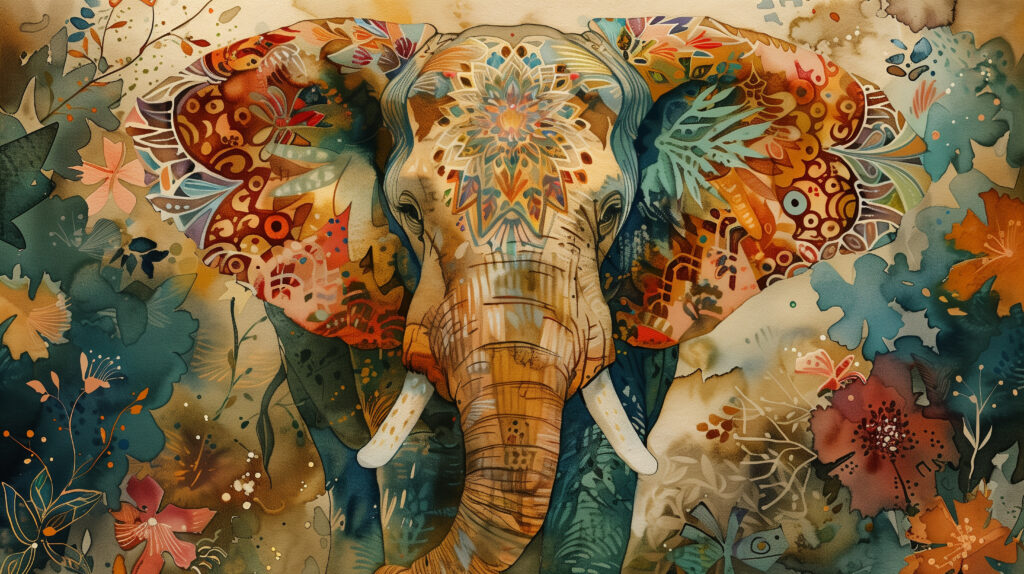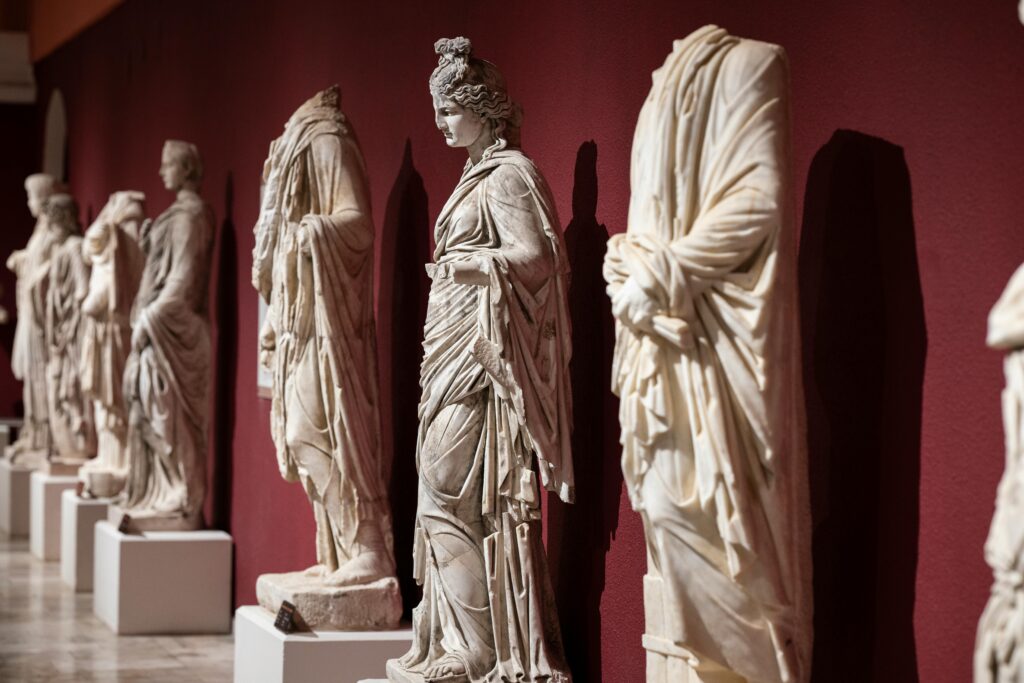
How to Find Your Niche in the Art Market
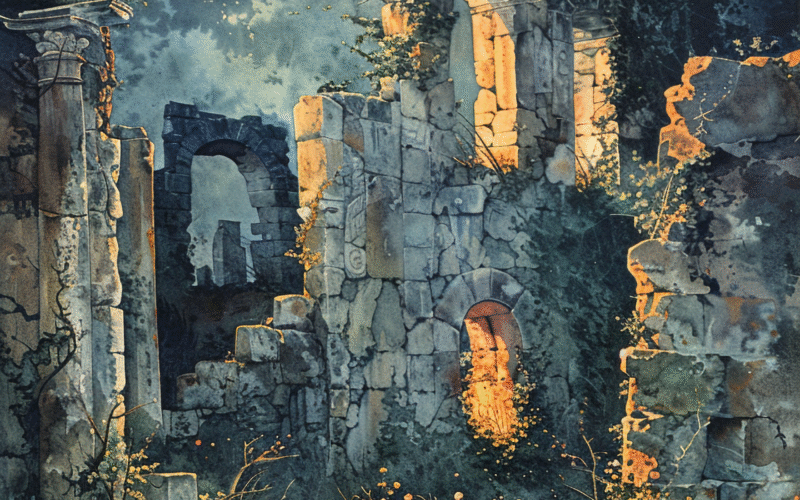

Trying to “find your niche” in the Art Market can feel like being handed a compass with no map.

You’re told, “You need to niche down to stand out!” but nobody tells you how to actually do that. Or worse, people make it sound like if you don’t pick the perfect niche right away, your art career is doomed.
That’s not true.
Finding your niche in the art market isn’t about boxing yourself in or choosing one style forever. It’s about getting clear on what you bring to the table, who it resonates with, and where that intersects with opportunity. And the best part? You don’t need to have it all figured out today.
So let’s walk through this together. If you’ve been making art but feel unsure about where you “fit,” or you’re ready to start building a more focused, sustainable career, this one’s for you.
What Even Is a Niche?
First things first: let’s define the word niche in a way that doesn’t sound like a marketing Art Market.
In the Art Market, your niche is the unique combination of your style, subject matter, values, and audience. It’s the space you occupy, the thing that makes someone say, “Oh, that looks like your work.”

It’s not just about aesthetics. Your niche in the Art Market can be shaped by:
- Your medium (painting, sculpture, photography)
- Your themes (identity, nature, politics, memory)
- Your influences (culture, location, materials)
- Your audience (collectors, activists, fashion lovers, parents, etc.)
- Your purpose (decorative, conceptual, healing, storytelling)
In other words, your niche in the Art Market is where your art meets a need or desire in the world, even if that need is just someone wanting to feel seen, moved, or inspired.
Why Finding a Niche Actually Helps
A lot of artists in the Art Market worry that narrowing down their focus means giving up freedom or variety. But the truth is: a niche helps people find you.
Here’s what having a niche can do for you:
- Makes it easier to market yourself without sounding all over the place
- Helps you attract the right buyers, curators, and collaborators
- Gives you direction when choosing shows, residencies, and opportunities
- Builds recognition, people start to associate your work with something specific
- Keeps you grounded when the Art Market feels noisy and overwhelming
Think of your niche as your anchor, not your cage.
Step 1: Study Yourself, Your Art Has Clues

Before you look outside in the Art Market, look inward. You probably already have some natural patterns in your work that can help point toward your niche.
Ask yourself:
- What themes do I return to over and over again?
- What materials or colors do I gravitate toward?
- What emotions do people say they feel when they see my work?
- What kinds of feedback or messages do I get most often?
Go through your last 10–15 pieces and write down:
- Recurring symbols
- Common subjects (people, animals, places, objects)
- Any noticeable mood or tone (dark, dreamy, joyful, nostalgic)
You might be surprised to see a thread forming.
Tip: You can even ask a few friends or fellow artists in the Art Market, “What do you think my art is about?” Their outside perspective can be revealing.
How Popular Are Certain Niches?
Now here’s where it gets interesting: some niches in the Art Market attract more search volume and audience interest than others. That doesn’t mean you should only chase the popular ones, but it does help to know what kind of themes are actively being searched for.
Here are a few broad niches and their approximate share of search volume in the online art market (based on aggregated data from platforms like Google Trends, Saatchi Art, and Etsy):

- Abstract art — ~40% of art-related online searches
(Highly popular with interior designers and collectors. Room for personal interpretation, but also a very saturated space.) - Figurative art — ~20%
(Think portraits, human forms, storytelling through the body. Emotional and expressive work often lands here.) - Nature and botanical themes — ~15%
(Especially strong in wall art markets. Floral, landscape, and environmental art continue to trend.) - Surreal and fantasy-inspired art — ~10%
(Gaining traction on platforms like Instagram and Pinterest in Art Market. Blending imagination with fine art.) - Political or activist art — ~5–8%
(Less commercially driven, but very impactful. This niche often overlaps with grant-funded projects and socially engaged platforms.) - Spiritual or healing art — ~5%
(Often focused on themes of transformation, energy, or wellness. Resonates deeply in communities tied to mindfulness, yoga, and self-growth.)
These numbers aren’t fixed; trends shift. And just because a niche is “smaller” in Art Market doesn’t mean it’s not powerful. Sometimes, smaller niches have more loyal, emotionally invested audiences.

The key is figuring out:
- What you naturally make
- Where that fits (or doesn’t) in the broader market
- And how to position your work with confidence, clarity, and heart
Step 2: Look for the Intersection of Passion + Demand
Now that you have a better idea of what you naturally create, let’s zoom out a bit. A niche isn’t just about what you like making; it’s also about what people are looking for.
But don’t worry, this isn’t about “selling out.” It’s about finding where your passion meets purpose or resonance.
Here’s how to explore that intersection:
- Check Instagram hashtags related to your themes (e.g., #figurativeart, #mentalhealthart, #ecoart)
- Look at open calls, what themes keep showing up? What are curators asking for?
- Browse popular art platforms like Saatchi Art, Artfinder, or Etsy. What categories do they use?
- Study artists you admire, who’s collecting them? How are they talking about their work?
You’re looking for spaces where your kind of work already has a foothold, and room to grow.
Step 3: Explore Micro-Niches
Think of your niche like a tree, and micro-niches are the branches.
For example:
- “Abstract painter” is broad.
- “Abstract painter who uses thread and textiles to explore inherited trauma” is specific.
And being specific helps you stand out.
Here are a few real micro-niche examples from artists who’ve carved out strong identities:
- A ceramicist who only makes vases inspired by endangered plants
- A photographer focused on elderly queer couples in rural towns
- A painter blending street art with Persian calligraphy
- A collage artist who reimagines vintage fashion ads through a feminist lens
The more specific your niche, the more it:
- Sparks curiosity
- Tells a story
- Attracts aligned opportunities
That doesn’t mean you’re stuck with one idea forever. You’re allowed to evolve; your niche just helps people connect with you now.
Step 4: Define Your Audience

Every artist has an audience. You don’t need to be famous to have people who love what you create; you just need to figure out who they are.
Start simple. Ask:
- Who responds to my work the most? (Age, interests, lifestyle?)
- Are they art collectors? Designers? Activists? Parents?
- Do they care about aesthetics, ideas, or emotion?
- What kind of spaces would they hang my work in?
Knowing your audience makes marketing feel less awkward and more intentional, because now you know who you’re talking to.
Step 5: Test, Tweak, Repeat
Your niche doesn’t have to be perfect before you start putting yourself out there. It’s okay to experiment.
Try this:
- Update your bio or artist statement to reflect your current focus
- Join open calls or group shows that match your themes
- Use consistent hashtags and descriptions when you post online
- Make a small series that digs deeper into one idea or material
Pay attention to what clicks, both with your audience and with you.
If something starts to feel right, lean into it. If it doesn’t, shift. Your niche isn’t locked in stone. It’s alive. It’s allowed to grow.
Real Artist Niche Examples
Let’s ground this with some real-life stories. Here are a few niche examples from artists doing meaningful, niche-specific work:

1. Arts to Hearts Project
Arts to Hearts is a perfect example of a niche-based platform. They focus on elevating women artists, especially emerging and mid-career ones, through curated publications, open calls, and virtual exhibitions.
Their niche? Global women-led artistic voices. If your work aligns with storytelling, emotion, and empowerment, this is a space for you.
They’ve built a loyal community by being clear on who they serve, and their open calls often centre on themes like identity, self-reflection, or cultural narratives.
2. The Jealous Curator
A blog and book series founded by Danielle Krysa, who focuses on showcasing contemporary art that feels fresh, emotional, and unpretentious. Her niche? Art that’s beautiful and weird. She found her audience by being honest, quirky, and passionate, and people connected with that.
3. Ashley Longshore
Pop artist. Loud, maximalist, feminist, funny. Her niche is unapologetically bold art that merges fashion, celebrity, and commentary. She didn’t wait for the Art Market to “get her” She built her own niche and now sells directly to collectors, luxury brands, and celebrities.
You Don’t Need to Have It All Figured Out
Finding your niche isn’t a one-time decision. It’s a practice. A path. A gradual becoming.
You’re not behind. You’re not lost. You’re just exploring. And every sketch, every failed series, every breakthrough brings you closer to your space.
So if you feel a little unclear right now, that’s okay. Keep creating. Keep sharing. Keep asking yourself:
- What lights me up?
- Who connects with this?
- Where do I feel most in flow?
That’s how you find your niche, and when you do, it won’t just feel “strategic.” It’ll feel like home.

